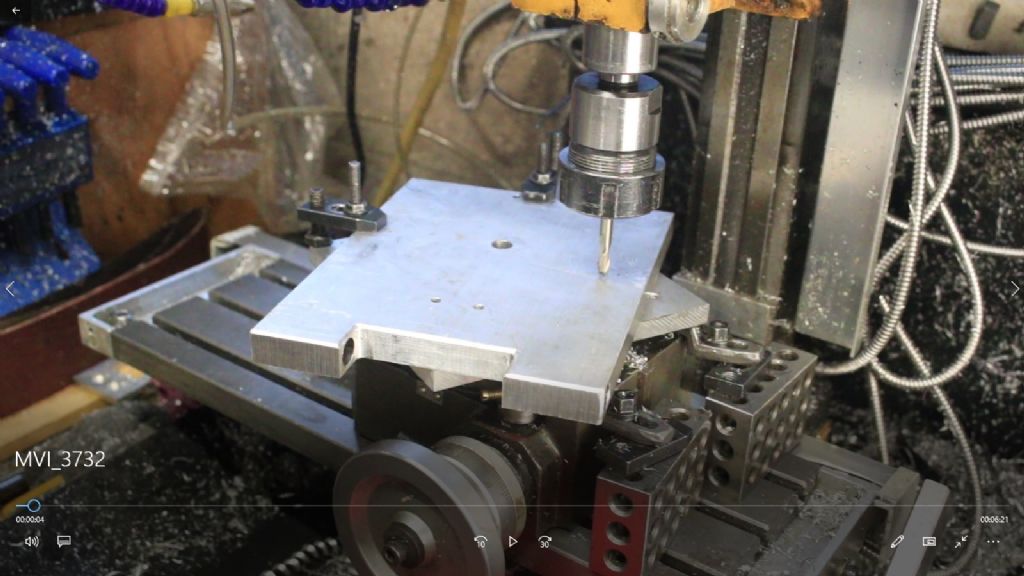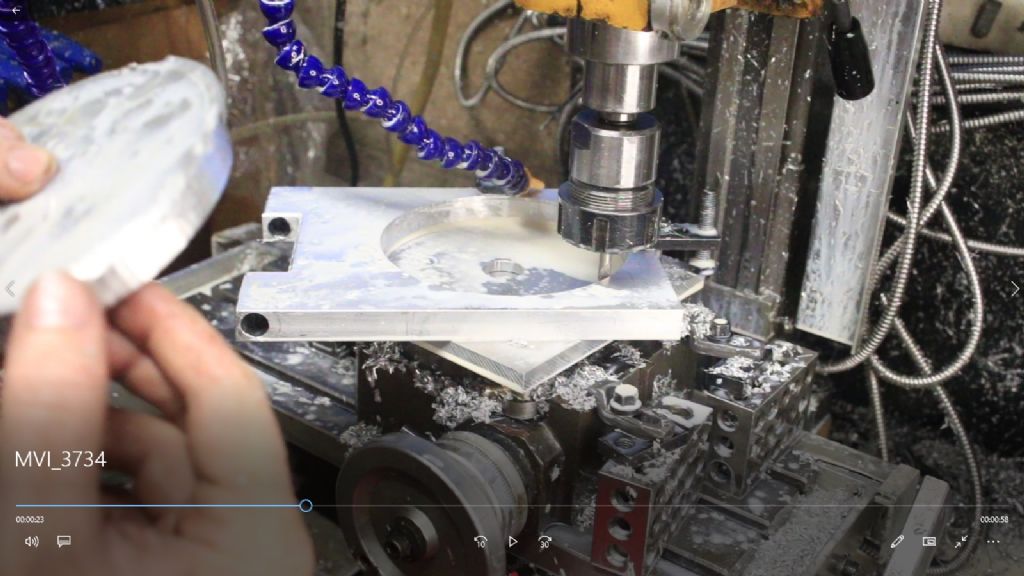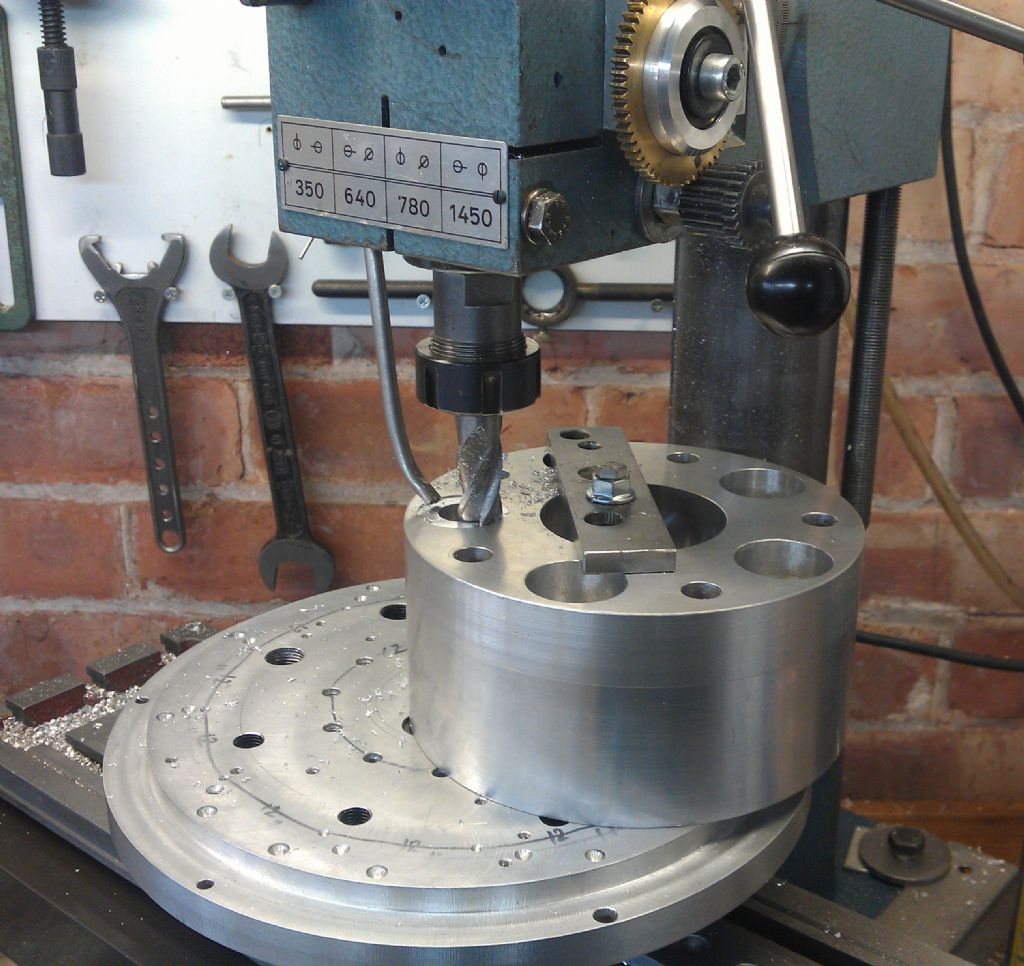Boring without a boring head on a mill.
Boring without a boring head on a mill.
- This topic has 16 replies, 12 voices, and was last updated 31 July 2023 at 21:23 by
DiogenesII.
Viewing 17 posts - 1 through 17 (of 17 total)
Viewing 17 posts - 1 through 17 (of 17 total)
- Please log in to reply to this topic. Registering is free and easy using the links on the menu at the top of this page.
Latest Replies
Viewing 25 topics - 1 through 25 (of 25 total)
-
- Topic
- Voices
- Last Post
Viewing 25 topics - 1 through 25 (of 25 total)
Latest Issues
Newsletter Sign-up
Latest Replies
- A blast from the past
- ML10 questions
- What did you do Today 2024
- What is (Traditional) Model Engineering?
- Co-ordinate positioning for circle of holes (not all equally spaced)
- A couple of ‘soon to be available in the UK’ lathes that look interesting
- Twin mill engine progress
- Measurement history
- BLACKMAIL
- Strange drilling situation








